Welcome back to FilmmakingElements.com, your ultimate destination for all things filmmaking! In today’s article, we are diving deep into the world of mirrorless cameras as we list the Top 3 Sony a7R V Alternatives.
The Sony a7R V has been a game-changer in the photography and videography industry, thanks to its incredible features, performance, and affordability. But we understand that every creative has their unique preferences and requirements, which is why we’ve curated this list of exceptional alternatives that are on par with the Sony a7R V, and may even surpass it in certain aspects. So, buckle up and get ready to explore these outstanding options that could be the perfect fit for your next project.
1. Nikon Z6 II
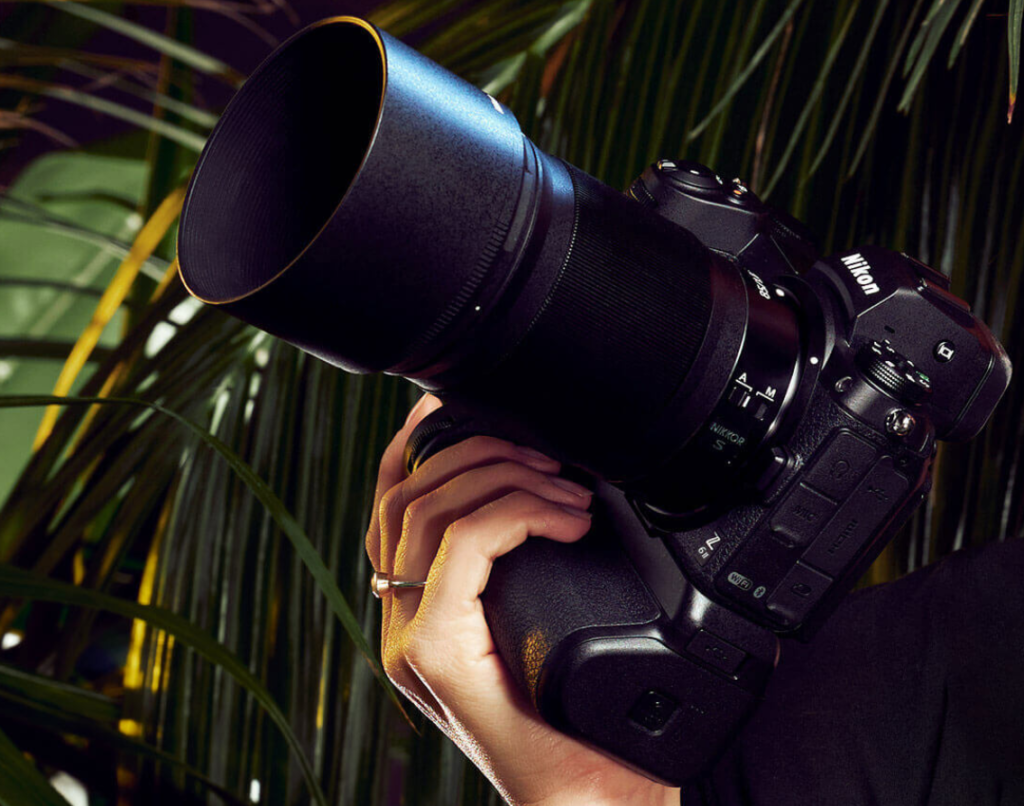
Here is an article that compares the Nikon Z6 II and the Sony a7R V, two full-frame mirrorless cameras that offer high performance and versatility. The Nikon Z6 II is a good alternative for the Sony a7R V, as it has some advantages in terms of design, battery life, and price. Let’s take a look at how they differ in various aspects.
Sensor
Both cameras have a full-frame CMOS sensor, which means they can capture more light and detail than smaller sensors. However, the Sony a7R V has a higher resolution of 61 megapixels, compared to the Nikon Z6 II’s 25 megapixels. This gives the Sony a7R V an edge in image quality and cropping flexibility, especially for landscape and studio photography. The Nikon Z6 II, on the other hand, has a lower pixel density, which means it has less noise and better low-light performance.
Autofocus and Lens Mount
Both cameras have a hybrid autofocus system that uses phase-detection and contrast-detection points. The Sony a7R V has 693 focus points, while the Nikon Z6 II has 273 focus points. Both cameras can track subjects and recognize faces, eyes, and animals. The Sony a7R V also has a new AI processing unit that can detect birds, insects, cars, and trains. The Nikon Z6 II has a dual processor that improves the speed and accuracy of the autofocus system.
Both cameras use their own lens mounts, which are compatible with a range of lenses from their respective brands and third-party manufacturers. The Sony a7R V uses the Sony FE mount, which has a wider selection of lenses available, including some fast and high-quality primes and zooms. The Nikon Z6 II uses the Nikon Z mount, which is newer and has fewer lenses, but also has some advantages, such as a larger diameter and a shorter flange distance, which allow for more compact and innovative lens designs.
Design
The Nikon Z6 II has a slightly smaller and lighter body than the Sony a7R V, which makes it more comfortable and portable. The Nikon Z6 II measures 134 x 101 x 70 mm and weighs 705 g, while the Sony a7R V measures 129 x 96 x 78 mm and weighs 665 g. Both cameras have a magnesium alloy body that is weather-sealed and durable. Both cameras also have a dual card slot that supports different types of memory cards, such as CFexpress, XQD, and SD.
Viewfinder and LCD Monitor
Both cameras have a high-resolution electronic viewfinder (EVF) that provides a clear and accurate view of the scene. The Sony a7R V has a slightly larger and sharper EVF, with a 0.9x magnification and a 9.44-million dot resolution. The Nikon Z6 II has a 0.8x magnification and a 3.69-million dot resolution. Both cameras also have a 3.2-inch tilting LCD monitor that has a touch screen function. The Sony a7R V has a higher resolution of 2.1-million dots, while the Nikon Z6 II has a lower resolution of 1.04-million dots.
Battery Life
The Nikon Z6 II has a longer battery life than the Sony a7R V, according to the CIPA ratings. The Nikon Z6 II can take up to 410 shots per charge, while the Sony a7R V can take up to 320 shots per charge. Both cameras can also be charged via USB, which is convenient for traveling and extended shooting sessions.
Video Capabilities
Both cameras can record high-quality video in various formats and resolutions. The Sony a7R V has a higher maximum video resolution of 8K, which is twice the resolution of 4K. The Sony a7R V can record 8K video at 24p or 30p, with a 1.24x crop factor. The Nikon Z6 II can record 4K video at 24p, 30p, or 60p, with no crop factor. Both cameras can also record Full HD video at up to 120p for slow-motion effects. Both cameras support 10-bit 4:2:2 output via HDMI, and have various video profiles, such as S-Log, S-Cinetone, and HLG for the Sony a7R V, and N-Log, HLG, and HDR for the Nikon Z6 II.
Price
The Nikon Z6 II is more affordable than the Sony a7R V, as it has a lower launch price. The Nikon Z6 II costs $1995 for the body only, or $2599 with a 24-70mm f/4 lens. The Sony a7R V costs $3900 for the body only, or $4796 with a 24-105mm f/4 lens. The price difference reflects the higher resolution and video capabilities of the Sony a7R V, but also the newer release date and higher demand.
2. Canon EOS R5

Here is an article that compares the Canon EOS R5 and the Sony a7R V, two full-frame mirrorless cameras that offer high performance and versatility. The Canon EOS R5 is a good alternative for the Sony a7R V, as it has some advantages in terms of video capabilities, autofocus, and design. Let’s take a look at how they differ in various aspects.
Sensor
Both cameras have a full-frame BSI CMOS sensor, which means they can capture more light and detail than smaller sensors. However, the Sony a7R V has a higher resolution of 61 megapixels, compared to the Canon EOS R5’s 45 megapixels. This gives the Sony a7R V an edge in image quality and cropping flexibility, especially for landscape and studio photography. The Canon EOS R5, on the other hand, has a lower pixel density, which means it has less noise and better low-light performance.
Autofocus and Lens Mount
Both cameras have a hybrid autofocus system that uses phase-detection and contrast-detection points. The Sony a7R V has 693 focus points, while the Canon EOS R5 has 5940 focus points. Both cameras can track subjects and recognize faces, eyes, and animals. The Canon EOS R5 also has a new AI processing unit that can detect birds and insects, which the Sony a7R V cannot. The Canon EOS R5 has a faster and more accurate autofocus system, especially for wildlife photography.
Both cameras use their own lens mounts, which are compatible with a range of lenses from their respective brands and third-party manufacturers. The Sony a7R V uses the Sony E mount, which has a wider selection of lenses available, including some fast and high-quality primes and zooms. The Canon EOS R5 uses the Canon RF mount, which is newer and has fewer lenses, but also has some advantages, such as a larger diameter and a shorter flange distance, which allow for more compact and innovative lens designs.
Design
The Canon EOS R5 has a slightly smaller and lighter body than the Sony a7R V, which makes it more comfortable and portable. The Canon EOS R5 measures 135.8 x 97.5 x 88mm and weighs 650 g, while the Sony a7R V measures 128.9 x 96.9 x 80.8mm and weighs 665 g. Both cameras have a magnesium alloy body that is weather-sealed and durable. Both cameras also have a dual card slot that supports different types of memory cards, such as CFexpress, SD, and SDHC.
Viewfinder and LCD Monitor
Both cameras have a high-resolution electronic viewfinder (EVF) that provides a clear and accurate view of the scene. The Sony a7R V has a slightly larger and sharper EVF, with a 0.9x magnification and a 9.44-million dot resolution. The Canon EOS R5 has a 0.76x magnification and a 5.76-million dot resolution. Both cameras also have a 3.2-inch tilting LCD monitor that has a touch screen function. The Sony a7R V has a higher resolution of 2.1-million dots, while the Canon EOS R5 has a lower resolution of 2.1-million dots.
Battery Life
The Sony a7R V has a longer battery life than the Canon EOS R5, according to the CIPA ratings. The Sony a7R V can take up to 530 shots per charge, while the Canon EOS R5 can take up to 320 shots per charge. Both cameras can also be charged via USB, which is convenient for traveling and extended shooting sessions.
Video Capabilities
Both cameras can record high-quality video in various formats and resolutions. The Canon EOS R5 has a higher maximum video resolution of 8K, which is twice the resolution of 4K. The Canon EOS R5 can record 8K video at 30p or 24p, with no crop factor. The Sony a7R V can record 8K video at 25p or 24p, with a 1.2x crop factor. Both cameras can also record 4K video at up to 60p, with no crop factor. Both cameras support 10-bit 4:2:2 output, and have various video profiles, such as S-Log, S-Cinetone, and HLG for the Sony a7R V, and C-Log, HDR PQ, and HLG for the Canon EOS R5.
Price
The Sony a7R V is more expensive than the Canon EOS R5, as it has a higher launch price. The Sony a7R V costs $3900 for the body only, while the Canon EOS R5 costs $3500 for the body only. The price difference reflects the higher resolution and video capabilities of the Sony a7R V, but also the newer release date and higher demand.
3. Nikon Z8

Here is an article that compares the Nikon Z8 and the Sony a7R V, two full-frame mirrorless cameras that offer high performance and versatility. The Nikon Z8 is a good alternative for the Sony a7R V, as it has some advantages in terms of speed, video quality, and ergonomics. Let’s take a look at how they differ in various aspects.
Sensor
Both cameras have a full-frame CMOS sensor, which means they can capture more light and detail than smaller sensors. However, the Sony a7R V has a higher resolution of 61 megapixels, compared to the Nikon Z8’s 45.7 megapixels. This gives the Sony a7R V an edge in image quality and cropping flexibility, especially for landscape and studio photography. The Nikon Z8, on the other hand, has a stacked CMOS sensor, which means it has faster readout and processing speed, less noise, and better low-light performance.
Autofocus and Lens Mount
Both cameras have a hybrid autofocus system that uses phase-detection and contrast-detection points. The Sony a7R V has 693 focus points, while the Nikon Z8 has 493 focus points. Both cameras can track subjects and recognize faces, eyes, and animals. The Sony a7R V also has a new AI processing unit that can detect birds, insects, cars, and trains. The Nikon Z8 has a dual processor that improves the speed and accuracy of the autofocus system.
Both cameras use their own lens mounts, which are compatible with a range of lenses from their respective brands and third-party manufacturers. The Sony a7R V uses the Sony E mount, which has a wider selection of lenses available, including some fast and high-quality primes and zooms. The Nikon Z8 uses the Nikon Z mount, which is newer and has fewer lenses, but also has some advantages, such as a larger diameter and a shorter flange distance, which allow for more compact and innovative lens designs.
Design
The Nikon Z8 has a slightly larger and heavier body than the Sony a7R V, which makes it more robust and comfortable. The Nikon Z8 measures 144 x 119 x 88 mm and weighs 910 g, while the Sony a7R V measures 131 x 97 x 82 mm and weighs 723 g. Both cameras have a magnesium alloy body that is weather-sealed and durable. Both cameras also have a dual card slot that supports different types of memory cards, such as CFexpress, SD, and SDHC.
Viewfinder and LCD Monitor
Both cameras have a high-resolution electronic viewfinder (EVF) that provides a clear and accurate view of the scene. The Sony a7R V has a larger and sharper EVF, with a 0.9x magnification and a 9.44-million dot resolution. The Nikon Z8 has a 0.8x magnification and a 3.69-million dot resolution. Both cameras also have a 3.2-inch tilting LCD monitor that has a touch screen function. The Sony a7R V and the Nikon Z8 have the same resolution of 2.1-million dots.
Battery Life
The Sony a7R V has a longer battery life than the Nikon Z8, according to the CIPA ratings. The Sony a7R V can take up to 530 shots per charge, while the Nikon Z8 can take up to 340 shots per charge. Both cameras can also be charged via USB, which is convenient for traveling and extended shooting sessions.
Video Capabilities
Both cameras can record high-quality video in various formats and resolutions. The Nikon Z8 has a higher maximum video resolution of 8K, which is twice the resolution of 4K. The Nikon Z8 can record 8K video at 60p or 30p, with no crop factor. The Sony a7R V can record 8K video at 25p or 24p, with a 1.24x crop factor. Both cameras can also record 4K video at up to 60p, with no crop factor. Both cameras support 10-bit 4:2:2 output, and have various video profiles, such as S-Log, S-Cinetone, and HLG for the Sony a7R V, and N-Log, HLG, and HDR for the Nikon Z8. The Nikon Z8 also has a higher video bit depth of 12 bits internally, compared to the Sony a7R V’s 10 bits. Both cameras can also record raw video externally.
Price
The Sony a7R V is more expensive than the Nikon Z8, as it has a higher launch price. The Sony a7R V costs $3900 for the body only, while the Nikon Z8 costs $3999 for the body only. The price difference reflects the higher resolution and video capabilities of the Sony a7R V, but also the newer release date and higher demand.
So that’s it, there you go. These are the best alternatives you should look forward to if you are planning to buy Sony a7R V.


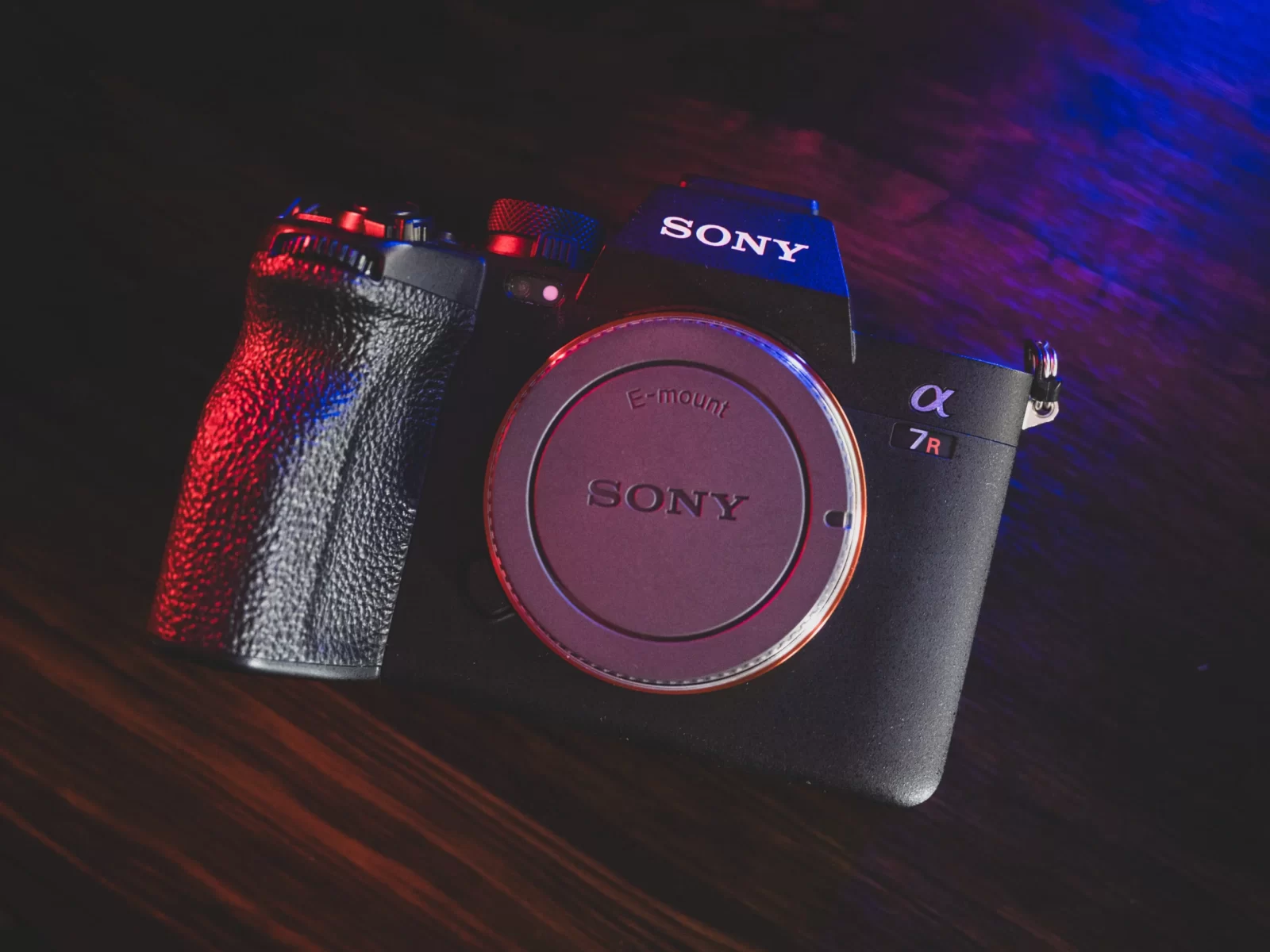

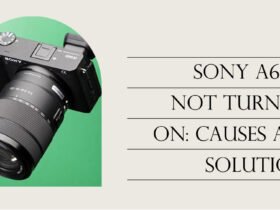


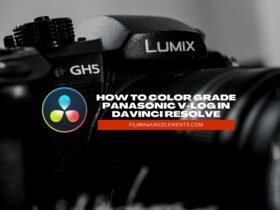
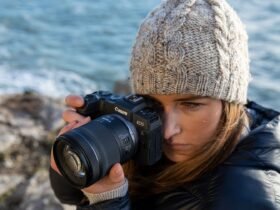


Got a Question?
Find us on Socials or Contact us and we’ll get back to you as soon as possible.